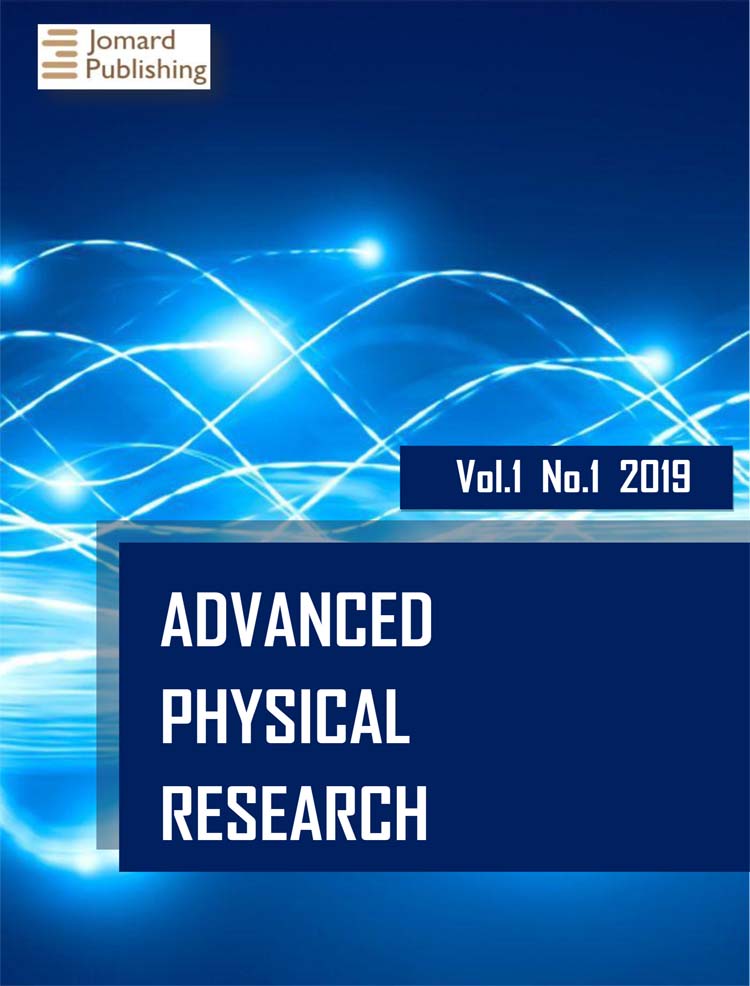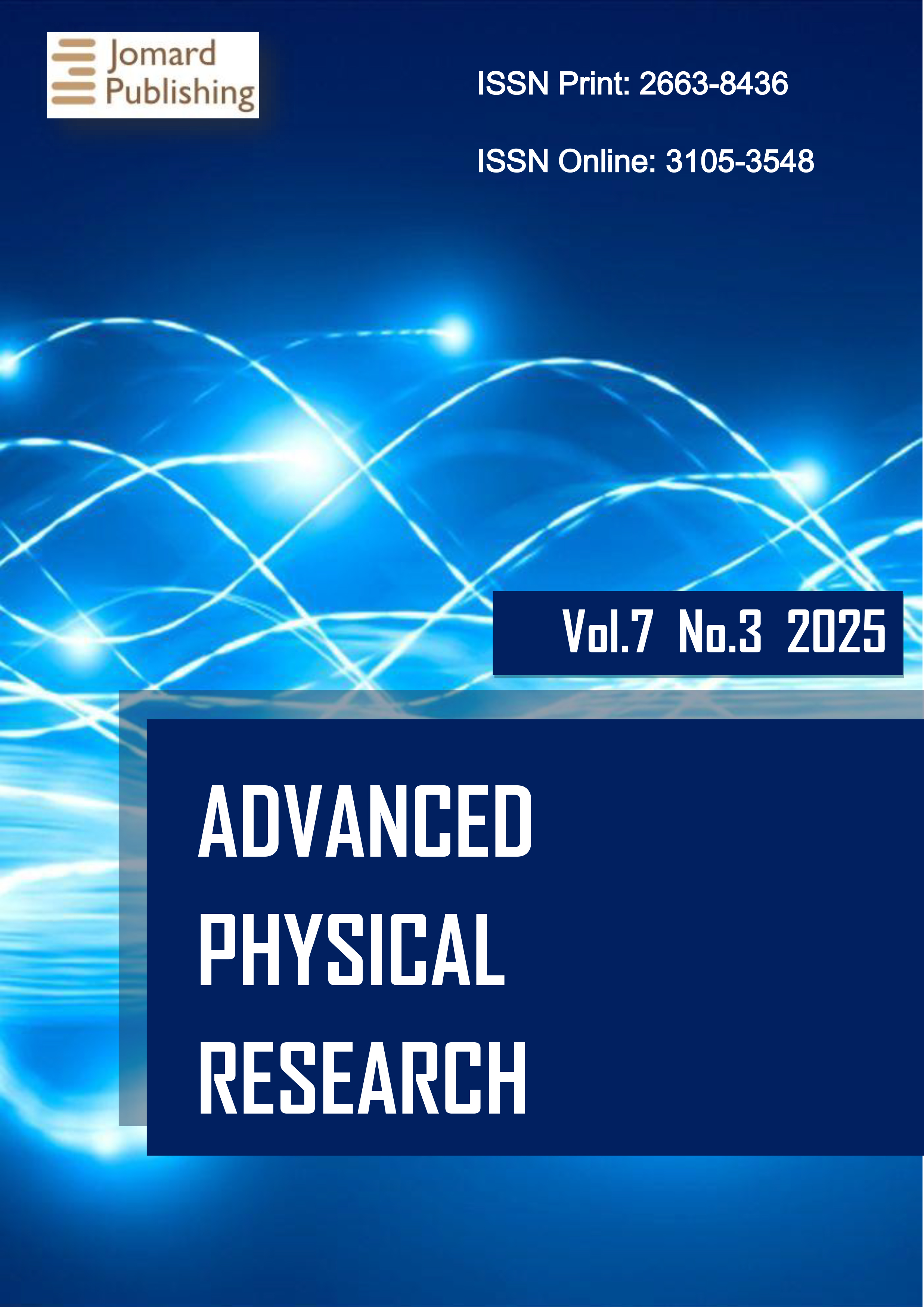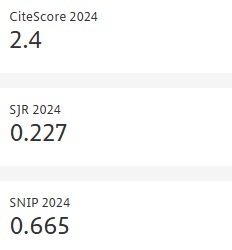Photophysical Mechanisms of Low-Level Laser Irradiation on Cotton Seeds: Spectroscopic Insights into Molecular Excitations
- Published: 16-10-2025
Share
This study examines the physical mechanisms by which low-level laser irradiation influences the germination and early growth of cotton (Gossypium hirsutum) seeds. A violet diode laser with a wavelength of 405 nanometers was applied at an irradiance of 0.033 watts per square centimeter for exposure times ranging from 5 to 20 seconds, corresponding to energy densities between 0.167 and 0.667 joules per square centimeter. Ultraviolet-visible spectroscopy was used to identify native light-absorbing molecules, while Fourier-transform infrared spectroscopy probed changes in proteins, lipids, and polysaccharides. A 5-second exposure (0.167 joules per square centimeter) resulted in complete germination and enhanced growth, whereas longer exposures caused biochemical degradation and inhibited germination. Spectroscopic analysis indicated that optimal treatment improved membrane dynamics through enhanced lipid vibrations, while excessive fluence reduced protein signals, consistent with denaturation. Minimal direct absorption at 405 nanometers suggests that effects arise from secondary processes such as energy transfer or reactive oxygen species generation. These findings demonstrate that laser biostimulation is governed by energy-dependent photophysical interactions, highlighting its potential as a precise, sustainable method for seed priming in agriculture.
- View 262
- Downloads 31
- Saveds 0
- Citations (Crossref) 0


